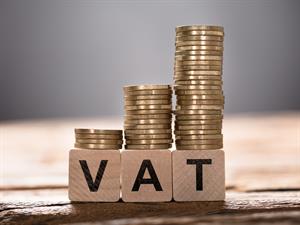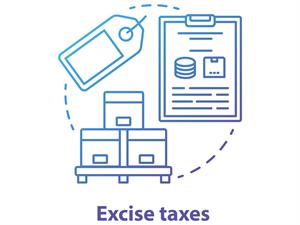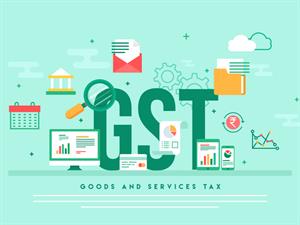
PUMPA - SMART LEARNING
எங்கள் ஆசிரியர்களுடன் 1-ஆன்-1 ஆலோசனை நேரத்தைப் பெறுங்கள். டாப்பர் ஆவதற்கு நாங்கள் பயிற்சி அளிப்போம்
Book Free DemoIn this chapter we shall learn about the indirect tax and its types and recent indirect tax called the GST.
Indirect tax
The liability to pay a tax is on one person, and the burden of that tax shifts on to some other person, this type of tax is called an indirect tax. It can be shifted by the taxpayer to someone else.
Types of Indirect tax
- Service Tax
- Sales Tax or VAT
- Excise Duty
- Entertainment Tax
- Goods and Services Tax

Service tax
The Service Tax is a tax levied on services provided in India. It is also levied on the gross amount charged by the service provider on the receiver. Service tax was imposed in India initially from \(1994-95\). Service tax is levied by the centre but collected and used by both the centre and the states. for example Restaurant bill has some percent as service tax.
The Service Tax is a tax levied on services provided in India. It is also levied on the gross amount charged by the service provider on the receiver. Service tax was imposed in India initially from \(1994-95\). Service tax is levied by the centre but collected and used by both the centre and the states. for example Restaurant bill has some percent as service tax.

Sales Tax or VAT (Value added tax)
This is imposed on the sale of goods but the burden to pay the tax falls on the customer, i.e. the shopkeeper includes the sales tax in the final price of the product.
VAT is a multi-stage tax on the goods that is levied across various stages of the production process. The state-level VAT has replaced the existing Sales Tax. It was introduced from April 1, 2005.
This is imposed on the sale of goods but the burden to pay the tax falls on the customer, i.e. the shopkeeper includes the sales tax in the final price of the product.
VAT is a multi-stage tax on the goods that is levied across various stages of the production process. The state-level VAT has replaced the existing Sales Tax. It was introduced from April 1, 2005.

Excise duty:
The producers of goods pays this tax to the government and then recover it from the wholesalers and retailers. In India, the central government levies this tax.
The producers of goods pays this tax to the government and then recover it from the wholesalers and retailers. In India, the central government levies this tax.

Entertainment Tax
Entertainment tax is a kind of tax that is levied by the state government on entertainment like movie tickets, large scale commercial shows.
Some examples are movie tickets, video game arcades, stage shows, exhibitions, amusement parks, and sports-related activities.
Entertainment tax is a kind of tax that is levied by the state government on entertainment like movie tickets, large scale commercial shows.
Some examples are movie tickets, video game arcades, stage shows, exhibitions, amusement parks, and sports-related activities.

Goods and Services Tax
Goods and Services Tax is an indirect, comprehensive, destination-based tax levied on the value addition of the goods and services.
This a came into effect on \(July\ 1, 2017\), after the implementation of the 101st amendment of the Constitution of India.
GST is designed to replace the indirect taxes imposed on goods and services by the Central and State. To achieve overall economic growth, this tax is applied on goods and services at the national level.
Goods and Services Tax is an indirect, comprehensive, destination-based tax levied on the value addition of the goods and services.
This a came into effect on \(July\ 1, 2017\), after the implementation of the 101st amendment of the Constitution of India.
GST is designed to replace the indirect taxes imposed on goods and services by the Central and State. To achieve overall economic growth, this tax is applied on goods and services at the national level.

We shall see about GST in detail in the following lessons, in this lesson we have learnt about the Indirect taxes and its types.